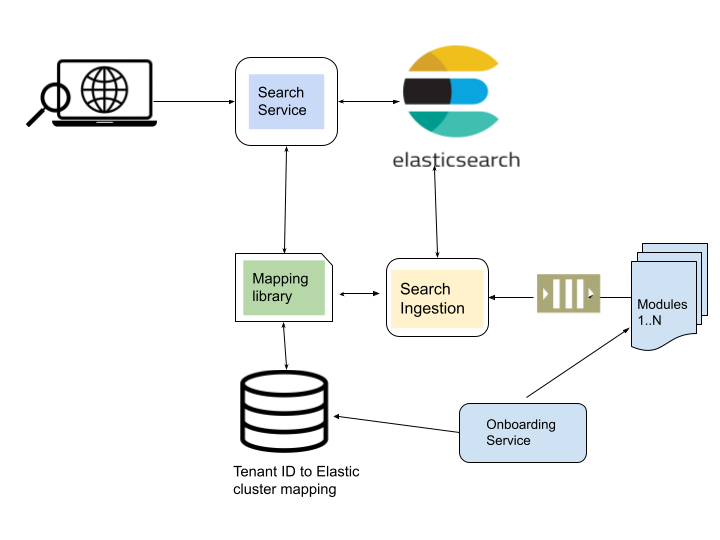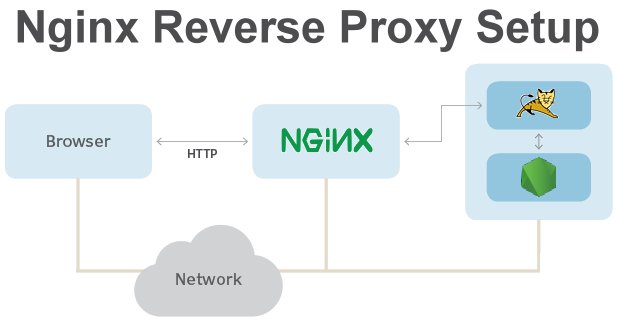In the fast-paced world of software development, efficient data retrieval and analysis are paramount. Whether you’re building a web application, a mobile app, or managing a large-scale enterprise system, the ability to search and analyze data quickly and effectively is a game-changer. This is where Elasticsearch comes into play.
Introduction
Elasticsearch is an open-source, distributed search and analytics engine built on top of Apache Lucene. It’s designed to handle a variety of data types and excel at full-text search, real-time data indexing, and complex analytics. While it has a broad range of applications, it’s particularly invaluable for back-end developers who need to implement robust search and analytics functionality.
In this blog post, we’ll explore the world of Elasticsearch and how it can empower your back-end development efforts. We’ll delve into its core features, use cases, and benefits, so you can make an informed decision about incorporating it into your projects.
What Is Elasticsearch?
At its core, Elasticsearch is a highly scalable, RESTful search and analytics engine. It’s known for its speed, flexibility, and real-time capabilities, making it an ideal choice for projects that require fast data retrieval and analysis.
Core Features of Elasticsearch
Full-Text Search: Elasticsearch’s search capabilities are second to none. It uses a powerful inverted index to search through vast amounts of text data at lightning speed. This makes it perfect for applications like e-commerce sites, content management systems, and social media platforms where users expect instant search results.
Real-Time Data Indexing: Elasticsearch is built for real-time data indexing. It can ingest and index data as it’s generated, ensuring that you always have access to the most up-to-date information. This feature is invaluable for applications that rely on real-time data, such as monitoring systems and financial platforms.
Scalability: Elasticsearch is horizontally scalable, meaning you can easily expand your cluster to accommodate growing data and traffic. This scalability ensures that your application remains performant even as your user base grows.
Analytics: Beyond search, Elasticsearch offers robust analytics capabilities. It can aggregate, filter, and analyze data to provide valuable insights. This is crucial for applications that need to generate reports, dashboards, and visualizations based on user data.
Use Cases for Elasticsearch in Back-End Development
Now that we’ve covered Elasticsearch’s core features, let’s explore some real-world use cases for back-end development:
- E-Commerce Search
If you’re building an e-commerce platform, Elasticsearch can supercharge your product search functionality. Customers expect to find products quickly and accurately, and Elasticsearch’s full-text search capabilities ensure that they can do just that. You can implement features like auto-suggestions, filters, and relevance scoring to provide an exceptional search experience. - Log Analysis
In the world of DevOps, log analysis is crucial for maintaining the health and performance of systems. Elasticsearch can be used to ingest and analyze log data from various sources, allowing you to detect and troubleshoot issues in real-time. With the help of Kibana, a data visualization tool often used alongside Elasticsearch, you can create informative dashboards and gain deep insights into your system’s behavior. - Content Management Systems (CMS)
Content-heavy websites and applications can benefit immensely from Elasticsearch. It enables efficient full-text search across articles, documents, and multimedia content. Moreover, Elasticsearch’s ability to handle large volumes of unstructured data makes it an excellent choice for organizing and retrieving content. - Social Media Platforms
For social media platforms and community-based applications, Elasticsearch is a powerful tool for implementing search and recommendation features. It can process large amounts of user-generated content, such as posts, comments, and messages, in real-time. Elasticsearch’s relevance scoring can ensure that users see the most relevant content, enhancing their overall experience.
Getting Started with Elasticsearch
Now that you’re excited about the possibilities Elasticsearch offers, you might be wondering how to get started. Here are some key steps:
Installation: Begin by installing Elasticsearch on your server or cluster. Elasticsearch provides detailed documentation to guide you through the process.
Indexing Data: Once Elasticsearch is up and running, you’ll need to define an index and start indexing your data. Elasticsearch supports various data sources, including JSON, XML, and CSV.
Querying: Create queries to retrieve data from Elasticsearch. You can use the RESTful API or client libraries available in various programming languages.
Scaling: As your data and traffic grow, consider scaling your Elasticsearch cluster to ensure optimal performance. Elasticsearch provides features for cluster management and scaling.
Visualization: To gain meaningful insights from your data, consider using Kibana for data visualization, reporting, and dashboard creation.
Benefits of Using Elasticsearch
Elasticsearch offers several benefits for back-end development:
Speed: It provides lightning-fast search and analytics capabilities, ensuring a seamless user experience.
Scalability: Elasticsearch scales horizontally, making it suitable for projects of all sizes.
Real-Time Data: Its ability to handle real-time data indexing is crucial for applications that rely on up-to-the-minute information.
Community Support: With a vibrant open-source community, Elasticsearch has a wealth of resources and plugins available to extend its functionality.
Conclusion
Elasticsearch is a versatile and powerful tool for search and analytics in back-end development. Its real-time capabilities, scalability, and speed make it a must-have for projects that require efficient data retrieval and analysis. Whether you’re building an e-commerce platform, a content management system, or a monitoring tool, Elasticsearch can take your back-end to the next level.
So, if you’re looking to supercharge your back-end development, consider incorporating Elasticsearch into your tech stack. With its capabilities, your applications can deliver top-notch search and analytics experiences, setting you apart in the competitive world of software development. Happy coding!
In this blog post, we’ve explored the myriad ways Elasticsearch can enhance your back-end development efforts. From lightning-fast search capabilities to real-time data analysis, Elasticsearch is a versatile tool that can empower your projects and help you stay ahead in the ever-evolving tech landscape.





